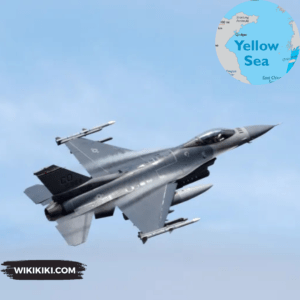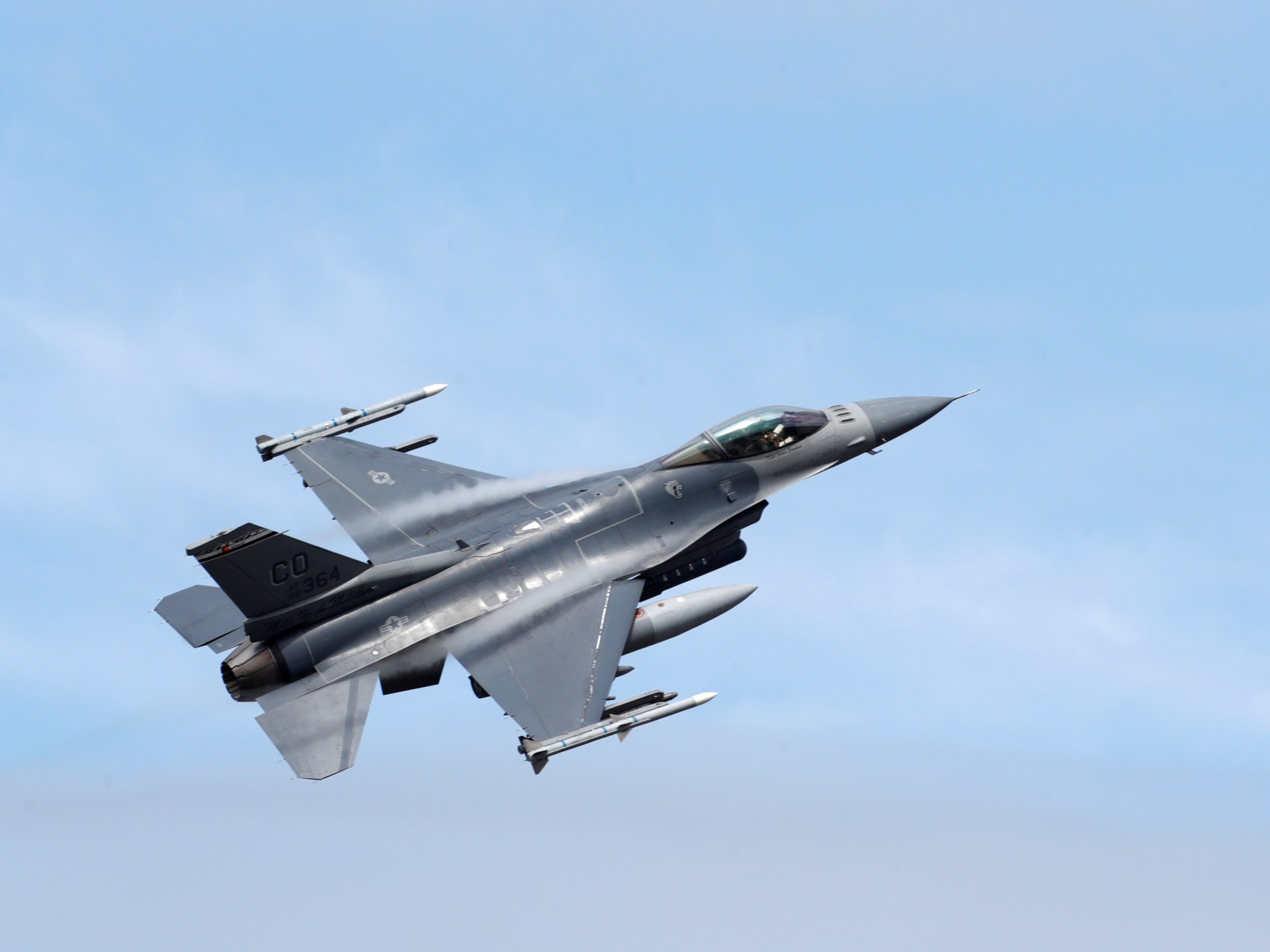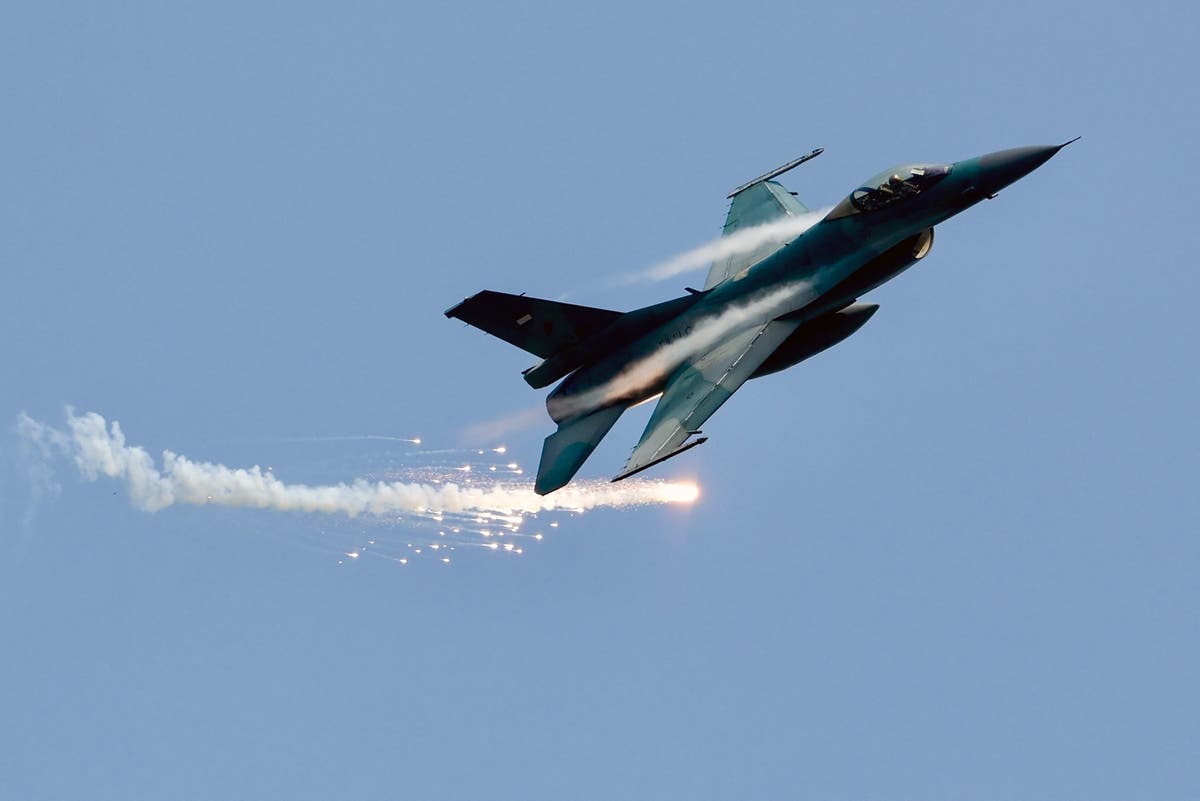On December 11, 2023, a U.S. Air Force F-16 fighter jet crashed into the Yellow Sea off South Korea’s southwestern coast during a routine training flight. The pilot, whose identity remains undisclosed, successfully ejected from the aircraft and was rescued by South Korean maritime forces. According to the U.S. 8th Fighter Wing, the pilot is reported to be awake and in stable condition.

Also Read: Donald Trump Refuses Second Testimony in $250 Million New York Fraud Trial
The F-16, assigned to the 8th Fighter Wing and taking off from Kunsan Air Base in Gunsan, South Korea, encountered an in-flight emergency at approximately 8:43 a.m., leading to the pilot’s ejection. The cause of the emergency is currently under investigation.
Colonel Matthew C. Gaetke, the 8th Fighter Wing commander, expressed gratitude for the safe recovery of the airman by South Korean allies that the pilot is in good condition. The rescued pilot was returned to Kunsan Air Base for further evaluation.
This incident follows a crash on November 29, 2023, involving a U.S. Air Force Osprey aircraft off southern Japan during a training mission. All eight people on board lost their lives in that event.
A thorough investigation into the cause of the F-16 crash will be conducted. The focus will be on determining the specifics of the in-flight emergency that made the pilot to eject. Such investigations are for improving safety protocols and preventing similar occurrences in the future.
The successful rescue operation by South Korean maritime forces shows the strong collaboration between the U.S. and South Korea in matters of military cooperation.
The joint air exercises, such as the annual Max Thunder, underline the shared commitment to maintaining readiness and enhancing the capabilities of both air forces.
Also Read: Hong Kong Patriots Only Election Sees Record Low Turnout of 27.5%
Military aviation involves risks, and incidents like these address the importance of safety measures and training protocols.
The U.S. military, in conjunction with its allies, continually evaluates and enhances safety procedures to mitigate the accidents during training exercises.
While this incident is specific to U.S.-South Korea joint operations, it reflects the challenges and responsibilities associated with military aviation worldwide.
Aviation safety is a global concern, from incidents contribute to the development of international best practices.
North Korea criticized joint military drills between South Korea and the U.S., characterizing them as provocative acts leading to confrontation and war.
Tensions on the Korean Peninsula remain a geopolitical issue, and military incidents can impact diplomatic dynamics in the region.
Also Read: TikTok to Invest $1.5 Billion in Indonesia’s GoTo E-Commerce Business
This is the second F-16 incident in South Korea this year. In May, another F-16 crashed during a routine training exercise in a farming area south of Seoul.
In that instance, the pilot safely ejected, and there were no additional casualties. Drawing comparisons between the two incidents may light on any patterns or recurring issues related to F-16 operations in the region.
The joint air exercise Max Thunder mentioned in the news reports, held annually between South Korea and the U.S., indicates the military cooperation between the two nations.
The use of Kunsan Air Base as a joint facility addresses the importance of such collaboration in maintaining regional security.
North Korea has criticized South Korea and the U.S. for joint military drills, calling them provocative acts leading to war.
It is imperative for the U.S. military, in collaboration with its allies, to continuously review and enhance safety protocols, aircraft maintenance procedures, and pilot training programs to mitigate risks and ensure the well-being of personnel.
Also Read: Hayao Miyazaki’s The Boy and the Heron Opens to Record Breaking $12.8 Million






















